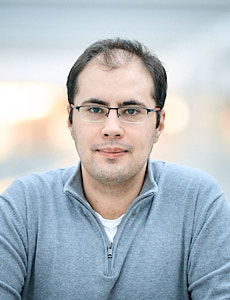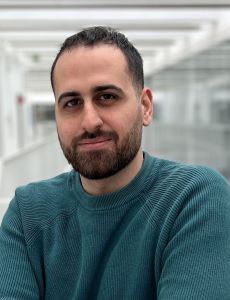
SPIE Photonics Europe conference 2024
Two POLIMA PhD students, Pedro Ninhos and Nikolaos Kyvelos, attended the conference in Strasbourg and presented their research.
Bridging collaborations between universities and companies from around the world, the SPIE Photonics Europe conference, held every two years in the vibrant city of Strasbourg, is a great opportunity for networking and research outreach. With an attendance of around two thousand people, SPIE Photonics Europe offers a plethora of conferences with a broad range of topics within photonics, from fundamental research within an academic context on nanophotonics, to applications in industrial settings. Two POLIMA PhD students had the opportunity to attend lectures from experts from universities around the world and to be informed about advancements in photonic quantum technologies, experimental, and theoretical studies. They also contributed actively with the following talks:
- Pedro Ninhos gave a talk titled ‘Tunable exciton-polaritons in band gap engineered hexagonal boron nitride’, where a novel way of tuning the optical resonances of monolayer hexagonal boron nitride (hBN) is proposed, by applying an external one dimensional periodic potential. In that way, it is possible to engineer the band gap of hBN and induce strong sub-gap optical responses due to excitonic effects by tuning the potential. One can thus make hBN promising for polaritonics in a wide range of the electromagnetic spectrum. The characteristics of the exciton-light matter hybrid, the exciton-polariton, renders the setup we propose promising for the fabrication of biosensors for molecules with different spectra.
- Nikolaos Kyvelos gave a talk titled 'Dirac plasmon polaritons and magnetic modes in topological-insulator nanoparticles', that concerned the optical response of topological-insulator nanoparticles, highlighting how their topological properties influence electromagnetic modes, field enhancement, and their interaction with quantum emitters. The specific focus of the presentation was on the rich optical response of Bi2Se3 nanoparticles, positioning them as promising candidates for advancements in strong light-matter interactions in topological nanophotonics and THz technologies.
We are thrilled to engage with the optics community in up-coming events around the world, and foster new collaborations and networks. Stay tuned for future imprints of POLIMA in the community!

